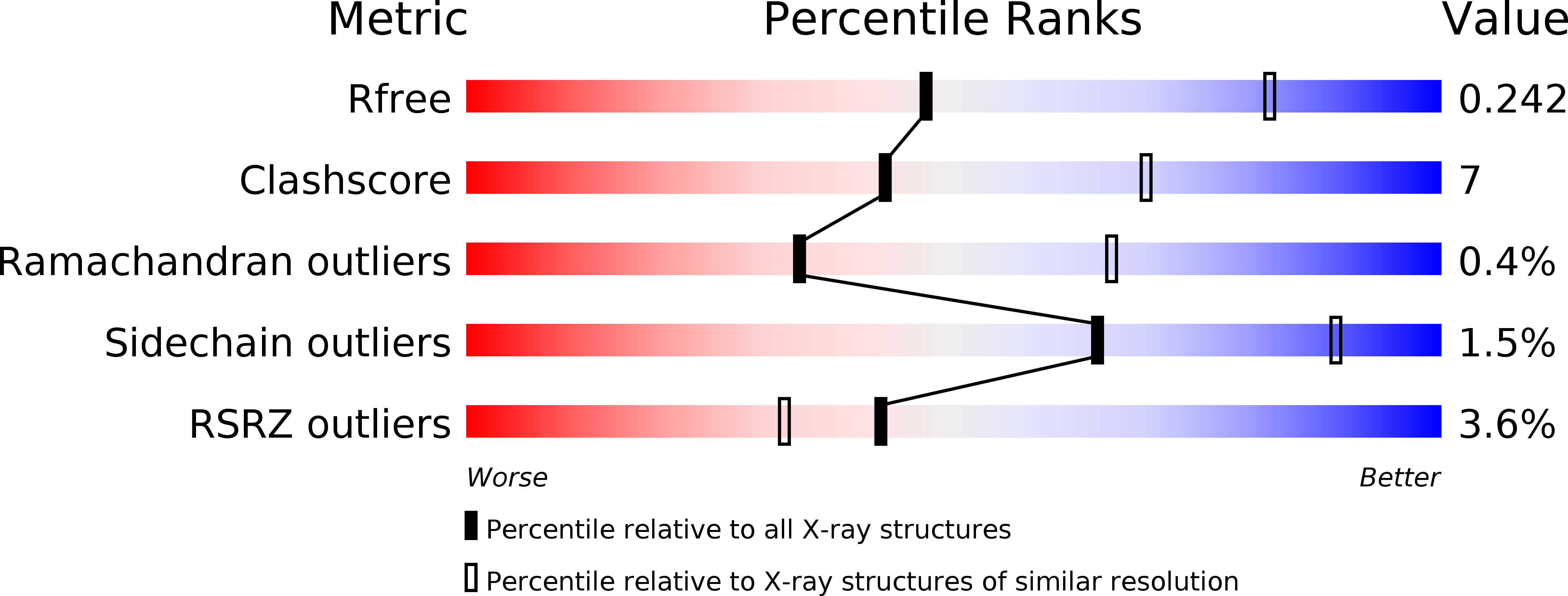
Deposition Date
2013-08-12
Release Date
2013-10-02
Last Version Date
2024-10-09
Entry Detail
PDB ID:
4M76
Keywords:
Title:
Integrin I domain of complement receptor 3 in complex with C3d
Biological Source:
Source Organism:
Homo sapiens (Taxon ID: 9606)
Host Organism:
Method Details:
Experimental Method:
Resolution:
2.80 Å
R-Value Free:
0.24
R-Value Work:
0.19
R-Value Observed:
0.19
Space Group:
C 1 2 1


